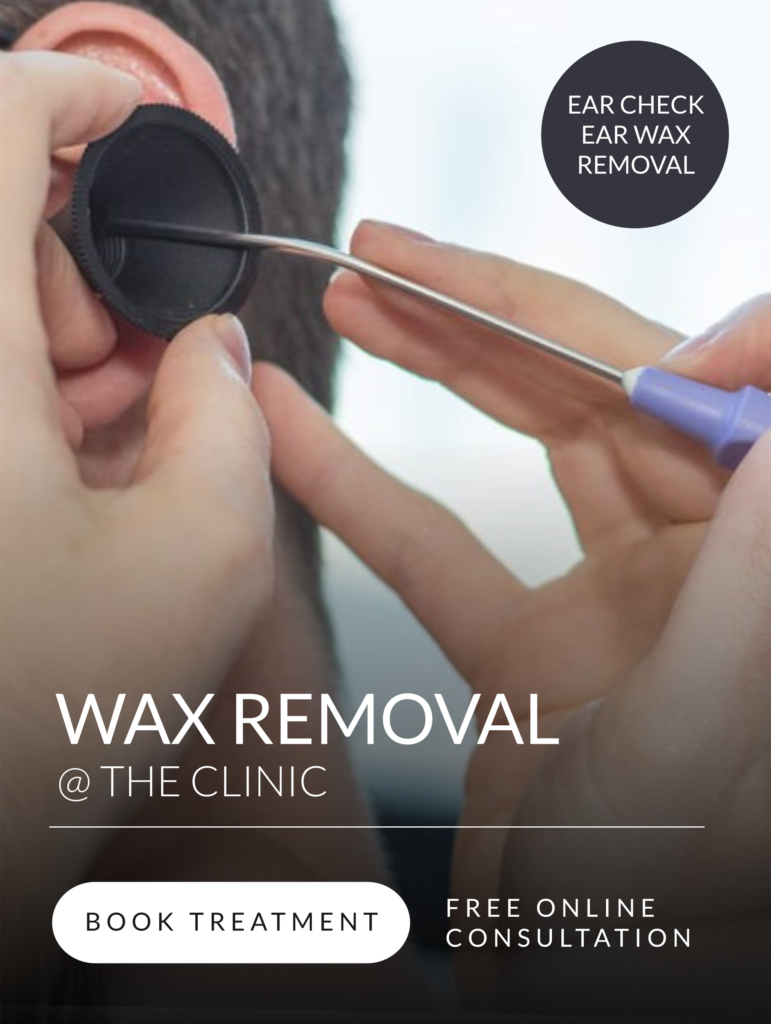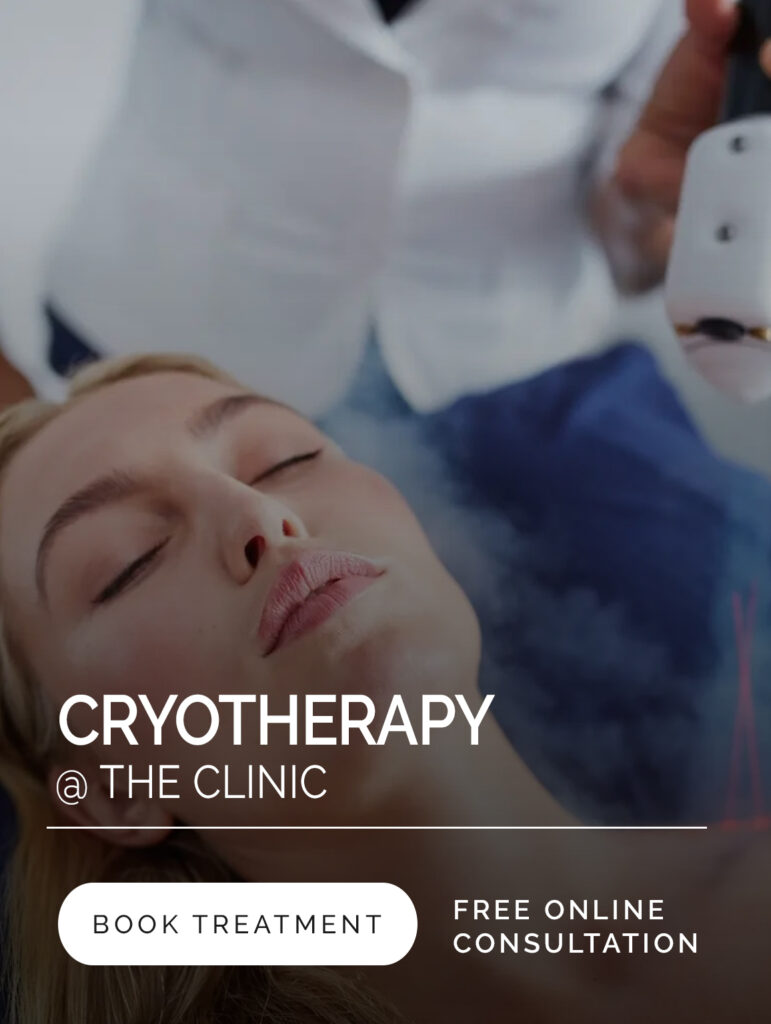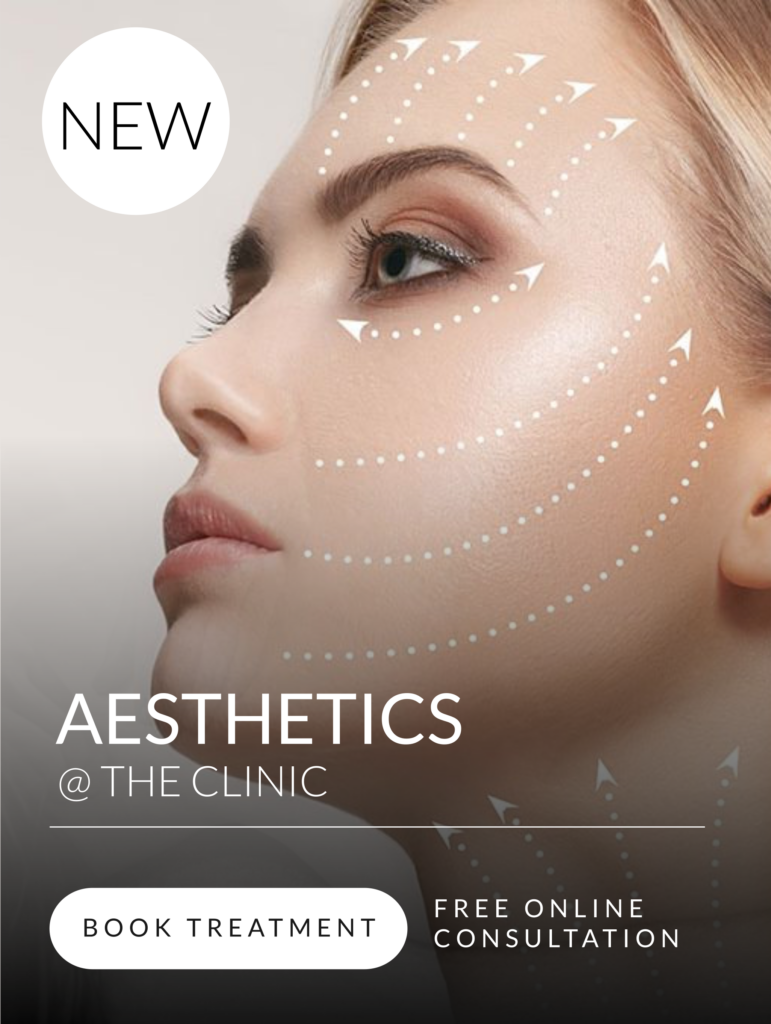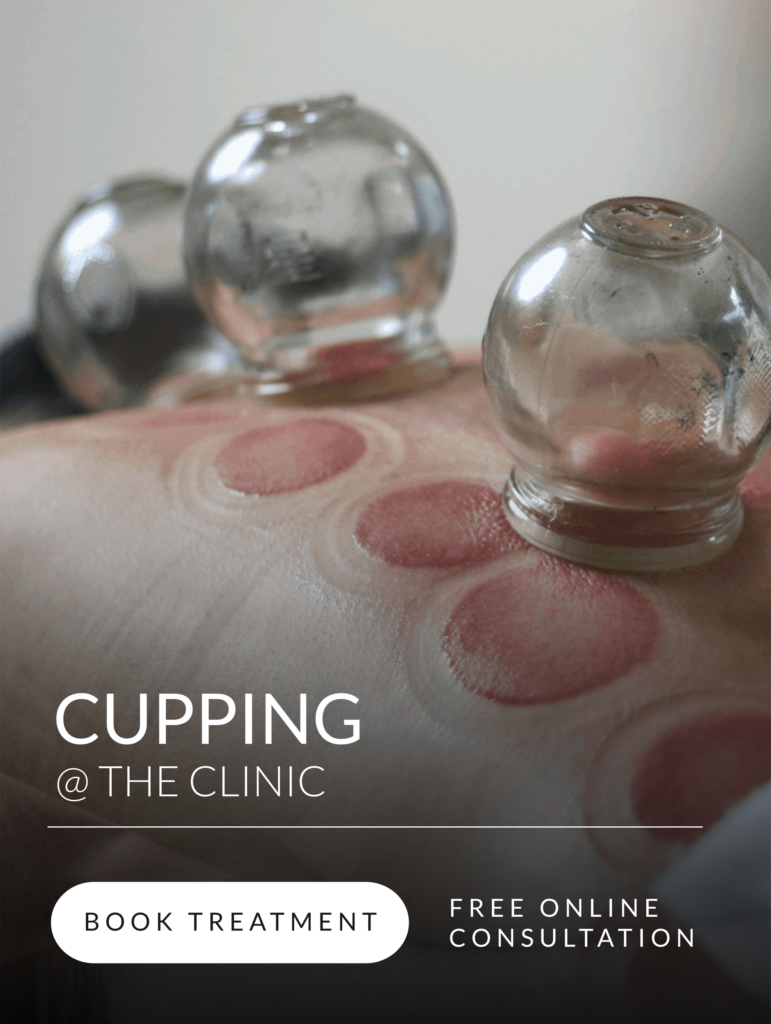
Your Health & Wellness Optimised
WE ARE WELLNESS AT THE CLINIC
State of the Art, Health and Wellness Clinic
State of the Art Health and Wellness Services
441282224501
5.0 ☆☆☆☆☆ (200+ Reviews)












 Wellness @ The Clinic
Wellness @ The Clinic
211 Leeds Road, Nelson
5.0 230 reviews
-
Paul Watson ★★★★★ 2 months ago
This was my first experience of a sports massage, and it was great!! Abdullaah talked me through everything … More and what he was doing. He understood what my needs were and worked with them. The place was spotless, very clean and also relaxing. I will definitely return!! -
I Ahmed ★★★★★ 3 months ago
I have been visiting Abdullah at the wellness clinic for wet cupping treatment for more than 2 years … More now. I am a regular because he is a fantastic cupping therapist who provides a clean, pain free experience and a proper detox. He is very well mannered, has the best customer service and is very experienced in cupping. If you want to have a great detox and cleanse your body, I wholeheartedly recommend that you visit Abdullah for a wet cupping treatment 10/10 -
Moh ★★★★★ 3 months ago
Brilliant service by our brother Abdullah
I called him last minute explaining how much pain i was in … More needing an appointment ASAP he manage to take time out and squeeze me in which not many people do.
I was in a lot pain before i went to see him after the treatment i feel so much better i was limited with my movements in my back and shoulder's now i can freely move about, He is very good at what he does i highly recommend him for any massages or muscular pains. He knows exactly what he is doing
Thank you once again 👍 -
Nadia Amir ★★★★★ 7 months ago
We’re quick & friendly, my son was prem & older then the usual baby’s so I was lucky Mr Bux … More made an exception, great follow up advice & after care, provided dettol, Vaseline nice touch. Only been 24hours but Alhum dulillah son is doing well -
Jamal Suleman ★★★★★ 8 months ago
Very polite and friendly service by Dr Sami and made me feel very comfortable during my visit at the … More Wellness Clinic. Reception staff also very kind. Great clinic and will definitely visit again. Thank you. -
Saalihah Holloway ★★★★★ 5 months ago
The clinic is very clean and calming enviroment. I was very impressed with the professionalism and customer … More service of staff. The procedure was very fast and completed to a great standard. The team were very attentive and made me feel at ease and confortable. The aftercare service is exceptional, the team go above and beyond and I would highly reccommend this clinic for circumcision procedures. -
Kashif Sattar ★★★★★ 8 months ago
Very thorough, put me at complete ease. Explained everything step by step. I am already feeling much … More better after one session of hands on therapy from Abdullah for my shoulder and back pain. Highly recommended. -
Rachael Masterton ★★★★★ 10 months ago
Fatima was absolutely amazing. So lovely and made me feel calm and at ease straight away. The treatment … More she provided was absolutely “wow” worthy. Suffering with poor mobility of my neck and pain around my back and shoulders and first time customer hoping for some sort of ease, I had walked out of the clinic feeling 100 times better after her treatment. Really amazing skill that seemed 100% natural to her. I will be a returning customer for sure. Thank you. -
Han ★★★★★ 10 months ago
I really enjoyed my full body massage that was done by Fatima. This is my second time having it done … More by her. She is amazing she makes sure that you are comfortable. It always is a relaxing experience. Looking forward to my next one. Thank you for the excellent service🥰 -
Mr Ali ★★★★★ 11 months ago
Highly recommend Abdullah. Very Polite Professional Clean Hygiene I visit regularly for massages/cupping … More He sorted my Back/Neck Issues i was going through not sleeping comfortably. Totally worth every penny Value for money. From the beginning of the session he was very welcoming and professional Throughout. Will definitely be going back & highly recommend for friends family a physio to sort your issues. “You Have Tried The Rest Physios Now Try The Best” -
Chris McKee ★★★★★ a year ago
Dr Sami was excellent.
He went above and beyond what I had expected, I left the clinic not only satisfied … More with my initial enquiry, but in a better place overall. I felt valued and engaged throughout the appointment.
Dr Sami seems a good man and a good doctor. A credit to himself and the practice.
Chris M -
Nicki J ★★★★★ a year ago
First time coming for a B12 injection, I was seen that day without an appointment, which I much appreciated, … More all staff were professional, polite, friendly & welcoming, very clean inviting environment. Explained the procedure, what to expect before and after the Doctor and Nurse - both amazing, painless procedure, definitely going back when I need to, I have a long standing autoimmune health condition, will consider the vitamin C injection now - the well being clinic will be my go to place on improving my health and well being, thank you 5 Stars.
Free rectoscopy assessments by SurgEase Innovations
Free rectoscopy assessments will be offered to anyone aged between 18-49 with the following symptoms: bleeding from the back passage and/or anal pain, itching or discharge. If you are eligible, please click the link to book:

Wellness At The Clinic
Wellness@Theclinic: A multidisciplinary wellness centre, founded by a group of healthcare professionals who are passionate about a holistic approach and believe in treating the mind and body to optimise health for all our clients.

A private wellness clinic based in Nelson, Lancashire to optimise your health and wellbeing
As healthcare professionals, the wellbeing of our clients and patients is the utmost priority, we are passionate about providing a high quality service.
Expert Professionals
Therapies administered by expert healthcare professionals
Safe Enviroment
High quality treatments provided in a safe, clinical environment
Tailored Treatments
Tailored treatment plans to help optimise your wellbeing
Local
Just off Junction 13 M65 & minutes away from Nelson Town Centre

Your health matters

State of The Art Facilities
Our modern premises have been redesigned to provide you with a tailored approach to your wellness needs from the moment you walk in the door. We want you to feel relaxed and comfortable and confident that we can offer you a treatment to help with your needs.










